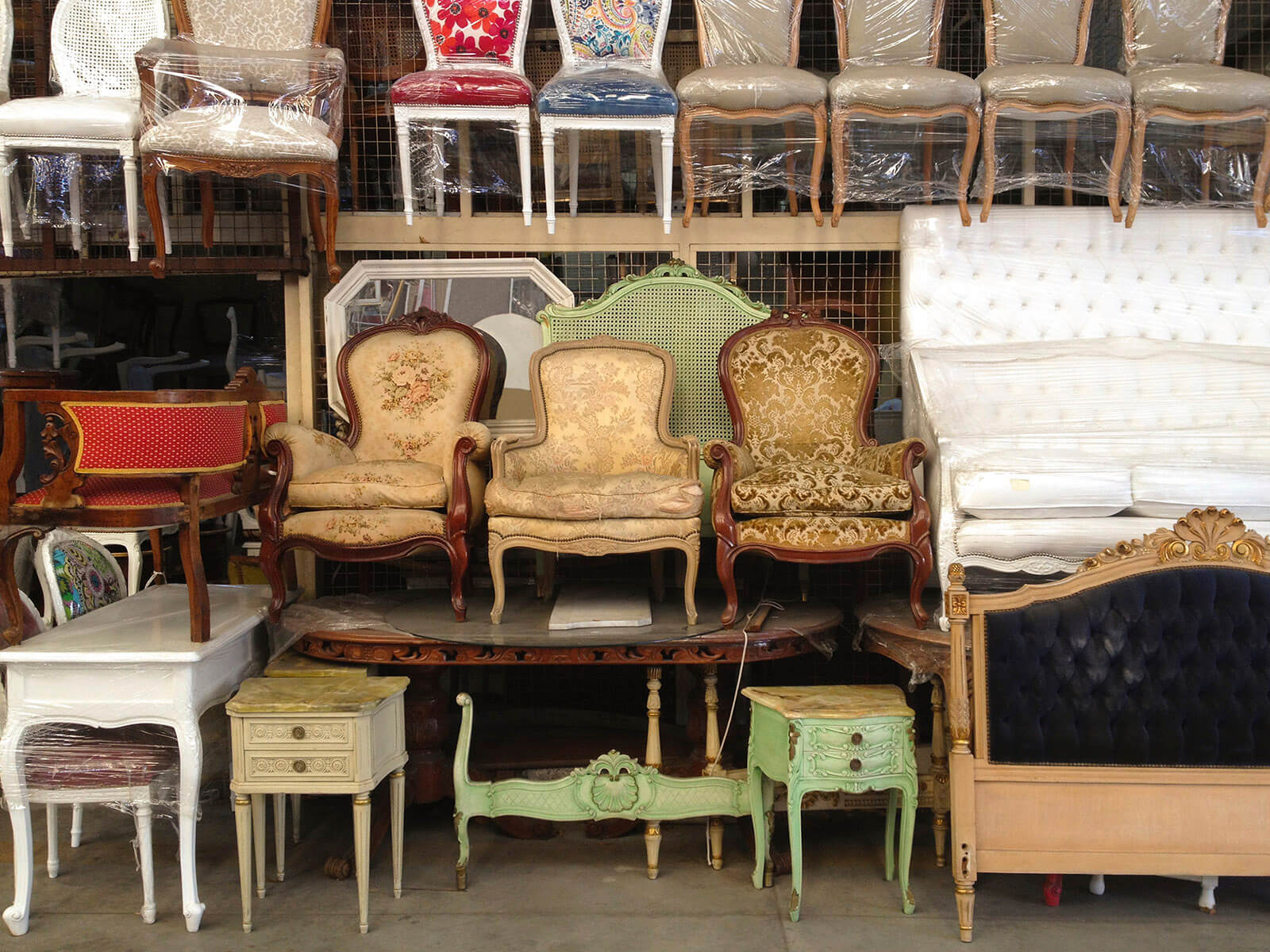Vintage and thrift furniture shops are becoming increasingly popular, and are beginning to pop up all over cities big and small. These shops are truly a gift. They bring much-needed...
Category: Interior Design Tips
Choosing the right floor for your home is no easy decision, but it’s an important one to get right. When you’re choosing your flooring there are multiple elements to consider...

